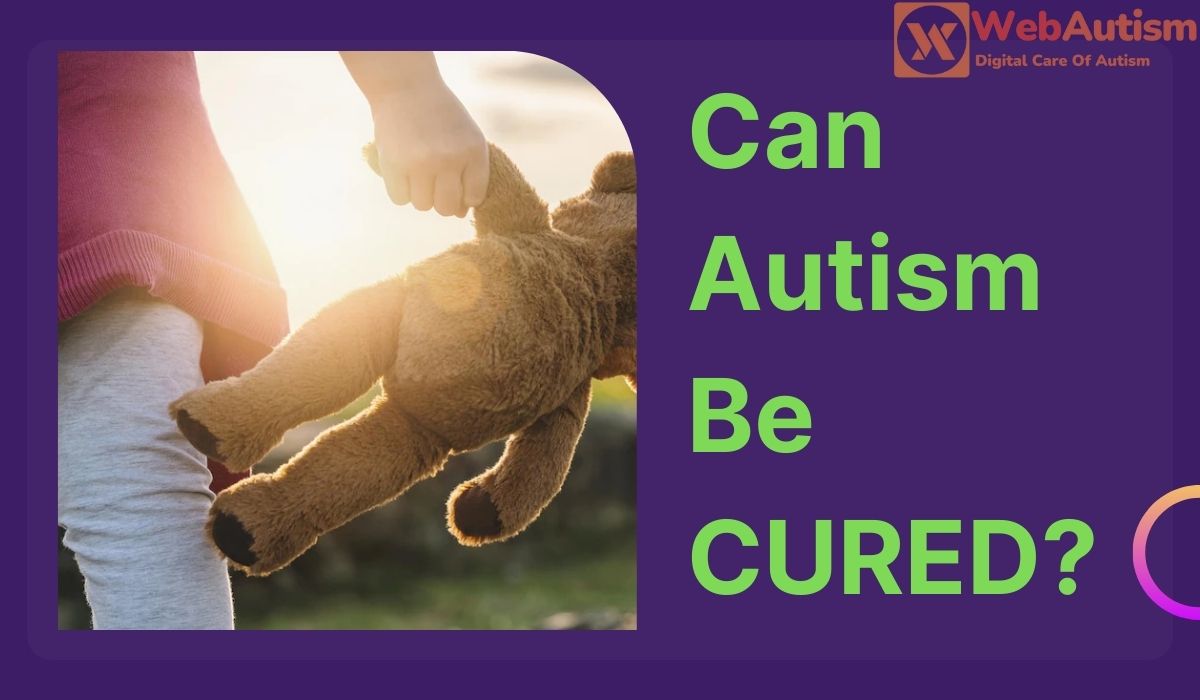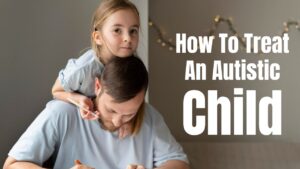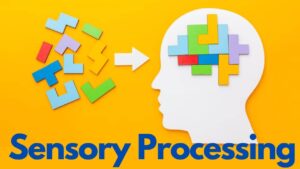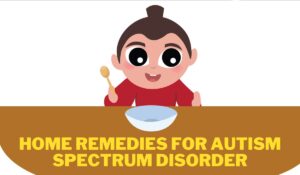Autism Spectrum Disorder (ASD) is a neurodevelopmental disorder that affects communication, behavior, and social interaction. It is characterized by a wide range of symptoms and severity levels, making it a highly complex condition. One of the most debated and often emotionally charged questions in the realm of autism is whether it can be cured. This blog post delves into the intricacies of autism, exploring the concept of a “cure,” the current state of interventions, and the ethical and societal implications of seeking a cure.
Understanding Autism Spectrum Disorder
Autism is often referred to as a spectrum because it encompasses a diverse range of behaviors, skills, and abilities. This spectrum is characterized by core deficits in social communication and interaction, as well as restricted and repetitive patterns of behavior, interests, or activities. However, the severity and manifestation of these traits vary widely among individuals with autism.
The causes of autism are multifactorial, involving a combination of genetic, environmental, and neurological factors. While there is no single identifiable cause, researchers have made significant progress in understanding the neurobiological underpinnings of the disorder.
The Concept of a “Cure”
The term “cure” in the context of autism is complex and controversial. Some argue that seeking a cure implies viewing autism as a disease that needs fixing, potentially disregarding the valuable perspectives and unique strengths of individuals with autism. Others believe that interventions should focus on improving the quality of life for individuals with autism, rather than trying to eliminate their core traits.
Current Interventions and Therapies
While there is no definitive cure for autism, there are numerous interventions and therapies designed to help individuals with autism develop skills, cope with challenges, and enhance their overall well-being. These interventions are often tailored to individual needs and can include:
1. Behavioral Therapies: Applied Behavior Analysis (ABA) and other behavior-based therapies aim to improve social, communication, and adaptive skills by using positive reinforcement and structured approaches.
2. Speech and Language Therapy: Many individuals with autism experience difficulties with communication, and speech therapy can help improve language skills and facilitate better interaction.
3. Occupational Therapy: This therapy focuses on enhancing fine and gross motor skills, sensory integration, and daily living skills, contributing to greater independence.
4. Medications: While medications do not cure autism, they can manage certain symptoms such as anxiety, aggression, and hyperactivity, improving overall functioning and quality of life.
Ethical and Societal Considerations
The pursuit of a cure for autism raises ethical questions and societal implications. Advocates of the “neurodiversity” movement argue that autism should be accepted as a natural variation of human neurology, rather than a disorder that requires fixing. They emphasize the importance of creating an inclusive society that accommodates the needs of individuals with autism.
Additionally, the focus on curing autism can divert resources from developing supportive and accommodating environments that enable individuals with autism to thrive. Critics also argue that the emphasis on a cure may overshadow the importance of understanding and embracing the strengths and unique perspectives that individuals on the spectrum bring to society.
What are the Causes of Autism Spectrum Disorder
Autism Spectrum Disorder (ASD) is a complex neurodevelopmental condition that has captured the attention of researchers, clinicians, and the public alike. With its diverse range of symptoms and manifestations, understanding the causes of ASD remains a topic of ongoing scientific exploration. In this article, we delve into the multifaceted factors that contribute to the development of autism and shed light on the intricate interplay between genetics, environment, and neurobiology.
Genetic Factors: The DNA Blueprint
Genetics plays a significant role in the development of autism. Numerous studies have highlighted the hereditary nature of the disorder, with evidence suggesting that a substantial proportion of risk is attributable to genetic factors. Some key observations regarding genetics and autism include:
1. Heritability: Twin and family studies have consistently shown that autism has a strong hereditary component. If one identical twin has autism, the likelihood of the other twin also being on the spectrum is much higher than in non-identical twins or siblings.
2. Risk Genes: While no single gene is solely responsible for autism, researchers have identified numerous genes that contribute to the risk of developing the disorder. These genes are involved in various neurological processes, including synaptic function, neuronal connectivity, and brain development.
3. De Novo Mutations: De novo mutations, which are genetic alterations not inherited from parents, have been linked to a subset of autism cases. These mutations can disrupt normal brain development and function, leading to the characteristic symptoms of ASD.
4. Polygenic Nature: Autism is likely caused by the interaction of multiple genetic variants. This polygenic nature makes identifying specific genetic causes challenging and emphasizes the complex genetic landscape of the disorder.
Environmental Factors: Beyond the Genes
While genetics provide a foundational understanding of autism’s origins, environmental factors also play a crucial role. These factors can influence brain development during prenatal, perinatal, and postnatal periods. Some notable environmental influences include:
1. Prenatal Factors: Maternal factors during pregnancy can impact autism risk. Exposure to certain infections, medications, toxins, and maternal immune responses are under investigation for their potential role in influencing brain development.
2. Perinatal Factors: Complications during birth, such as oxygen deprivation or preterm birth, have been associated with an increased risk of autism. However, it’s important to note that these factors alone are not sufficient to cause autism but might contribute in combination with genetic vulnerabilities.
3. Postnatal Environment: Early life experiences, including nutrition, exposure to pollutants, and early social interactions, can impact neurodevelopment and potentially contribute to the emergence of ASD symptoms.
Neurobiological Mechanisms: Wiring the Brain
The intricate wiring of the brain and its communication networks are central to understanding autism. Abnormalities in brain structure, connectivity, and function have been observed in individuals with ASD. Some key neurobiological considerations include:
1. Brain Connectivity: Studies using neuroimaging techniques have revealed differences in the connectivity between different brain regions in individuals with autism. These differences may contribute to the challenges in social interaction and communication that are characteristic of the disorder.
2. Neuronal Development: Disruptions in early neuronal development, including migration of neurons and formation of neural circuits, can impact the way the brain processes information and communicates signals.
3. Neurotransmitters: Alterations in the levels or functioning of neurotransmitters, the chemical messengers that facilitate communication between neurons, have been implicated in autism. For instance, imbalances in serotonin, dopamine, and GABA have been observed in some individuals with ASD.
Conclusion
The question of whether autism can be cured is complex and multifaceted. As of now, there is no definitive cure for autism, and the prevailing approach emphasizes interventions that enhance individuals’ quality of life and support their development. Rather than focusing solely on the idea of a cure, society should strive to create an inclusive and accommodating environment that respects and celebrates the diversity of human neurology. The ongoing dialogue about autism, its challenges, and its strengths is essential for promoting understanding, acceptance, and improved outcomes for individuals on the autism spectrum.
Frequently Asked Questions about Can Autism Be Cured?
There is currently no known cure for Autism Spectrum Disorder (ASD). Autism is a complex neurodevelopmental condition with a wide range of symptoms and underlying causes. While there are interventions and therapies that can help individuals with autism develop skills and improve their quality of life, these approaches focus on managing symptoms rather than eradicating the core traits of autism.
Treatment refers to interventions and therapies that aim to alleviate symptoms, improve skills, and enhance the overall well-being of individuals with autism. These interventions can lead to significant improvements in communication, social interaction, and behavior. A cure, on the other hand, implies the complete elimination of autism, which is a more complex and controversial concept due to the diverse nature of the disorder.
Yes, there are various interventions and therapies that have shown positive outcomes in helping individuals with autism. These include Applied Behavior Analysis (ABA), speech and language therapy, occupational therapy, social skills training, and sensory integration therapy. These interventions are designed to address specific challenges and support individuals in developing their strengths.
The concept of curing autism is controversial due to several reasons. Advocates of the neurodiversity movement argue that autism is a natural variation of human neurology and should be accepted and accommodated rather than “cured.” They emphasize celebrating the unique perspectives and strengths of individuals on the autism spectrum.
Research into the causes and treatments of autism is ongoing. However, the focus has shifted from seeking a complete cure to improving the quality of life and functioning of individuals with autism. Researchers are investigating the genetic, environmental, and neurobiological factors that contribute to autism, which may lead to more targeted interventions in the future.
Yes, early intervention has been shown to have a significant positive impact on the lives of individuals with autism. Early diagnosis and appropriate interventions can help children develop critical skills in areas such as communication, social interaction, and adaptive behaviors. Early intervention services are often tailored to individual needs and can lead to better outcomes later in life.
Acceptance and inclusivity are crucial aspects of the discussion about autism. Instead of focusing solely on finding a cure, society should strive to create an inclusive environment that accommodates the needs of individuals with autism and values their contributions. Promoting understanding, empathy, and support can lead to better outcomes for individuals on the autism spectrum.
Ethical concerns arise from viewing autism solely as a condition to be cured, which can disregard the unique identity and strengths of individuals with autism. Some argue that efforts to “cure” autism may stigmatize those who are neurodiverse and divert resources from developing supportive environments that foster inclusion and understanding.
Individuals and families can play a vital role in supporting individuals with autism by seeking early intervention, accessing appropriate therapies, and promoting a supportive and inclusive environment. Educating themselves and others about autism, advocating for accessible resources, and fostering open communication can contribute to the well-being and success of individuals with autism.
The future of autism research holds promise for deeper insights into the genetic, environmental, and neurobiological factors that contribute to the disorder. With a shift toward enhancing quality of life and supporting individuals’ unique strengths, interventions may become more personalized and effective. As society becomes more inclusive, the focus will likely be on creating environments that embrace neurodiversity and promote understanding.





